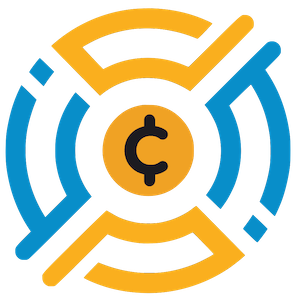The Pi Network has been a point of contention within the cryptocurrency community since its inception nearly six years ago. Initially touted as a groundbreaking opportunity for users to mine cryptocurrency via their smartphones, the project has faced skepticism due to its continued absence of an operational mainnet and a native token in the open market. Despite these challenges, Pi Network has successfully cultivated a global community that boasts millions of enthusiastic followers, raising questions about its validity and future prospects.
Recent developments indicate that the Pi Network is not without achievements. As of December 2022, the application’s download count surpassed 100 million, a notable accomplishment that underscores its widespread appeal. Several countries, particularly in Asia—such as South Korea, Japan, India, and China—emerge as strongholds for this growing user base. According to Pi News, the platform has now garnered over 3.7 million followers on X (formerly Twitter), eclipsing the subscriber base of Ethereum, which had long been a giant in the crypto landscape. This community engagement highlights a paradox where the project’s uncertain trajectory is overshadowed by its rousing popularity.
The increasing user engagement is not merely a statistic; it also reflects a broader trend in grassroots adoption. Events held in several countries, including India, Nigeria, and China, have drawn crowds. A striking example comes from an event in Shijiazhuang City, Hebei Province of China, where attendees utilized Pi for transactions, resulting in the rapid sale of goods. This growing trend of in-person meetups showcases an enthusiastic community that might well align with the optimistically projected launch of the Open Network.
On February 20, the Pi Network aims to launch its Open Network, which is anticipated to be a pivotal moment for the project. If successful, this launch would enable the Pi token to be traded on various exchanges, offering users a newfound sense of access and potentially reassuring skeptics. Platforms like Bitget, OKX, and MEXC have already signaled their readiness to facilitate trading on launch day. However, the divergence in opinions from other platforms, such as Bybit’s reluctance to involve itself with the Pi token, raises concerns about the token’s longevity and market acceptance.
Despite the rapidly growing community and exciting developments, it is vital to approach the Pi Network with caution. The project’s origins, characterized by its promise of smartphone mining and predictions of a robust market entry, have yet to fully materialize. Many in the expert community remain skeptical of the project’s long-term viability. Thus, while the community’s enthusiasm is commendable, it is essential for potential users and investors to seek clarity and transparency before fully engaging with the Pi Network ecosystem.
The Pi Network has successfully attracted a massive following and demonstrated a unique ability to galvanize interest among diverse global communities. However, the lack of substantial milestones and the ongoing skepticism surrounding its long-term potential urge caution among potential participants. Whether the upcoming launch transforms this project from a cult curiosity into a formidable player in the cryptocurrency space remains to be seen.

